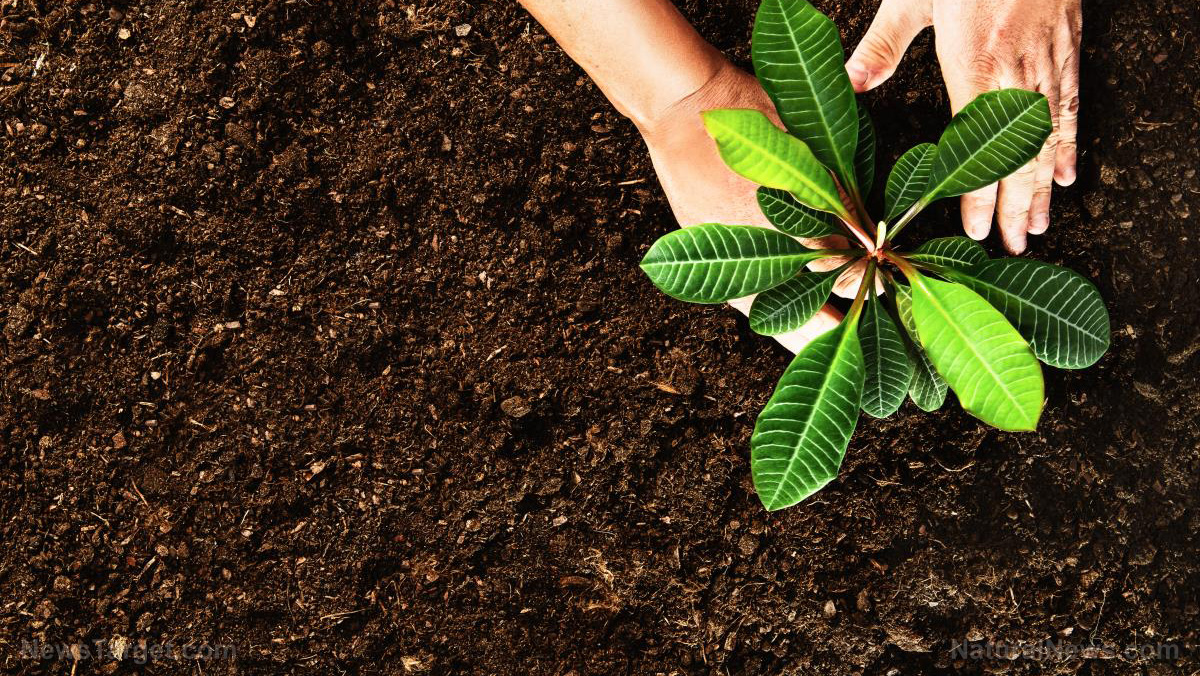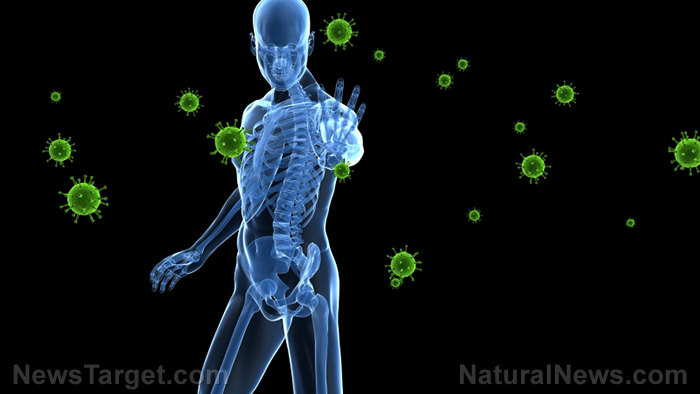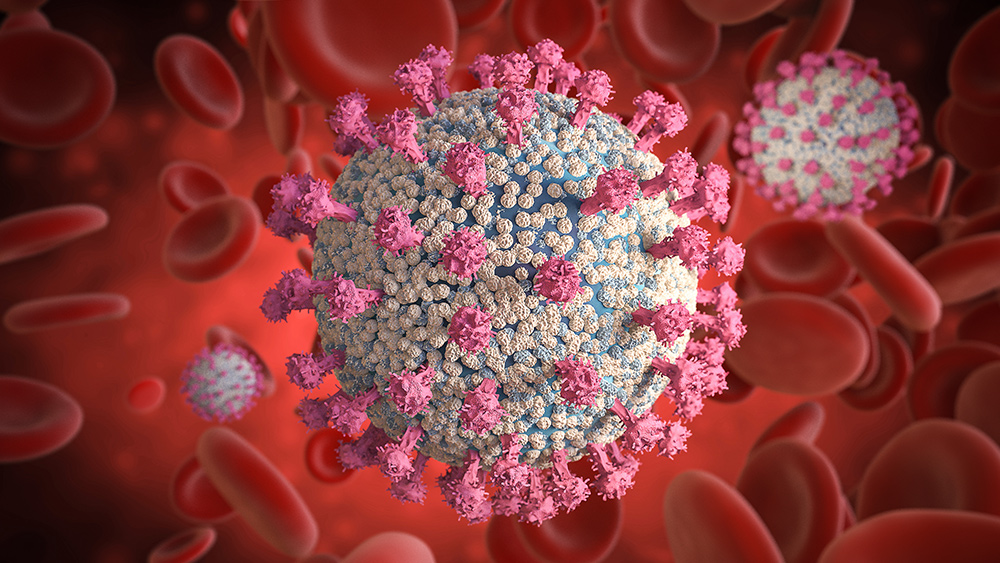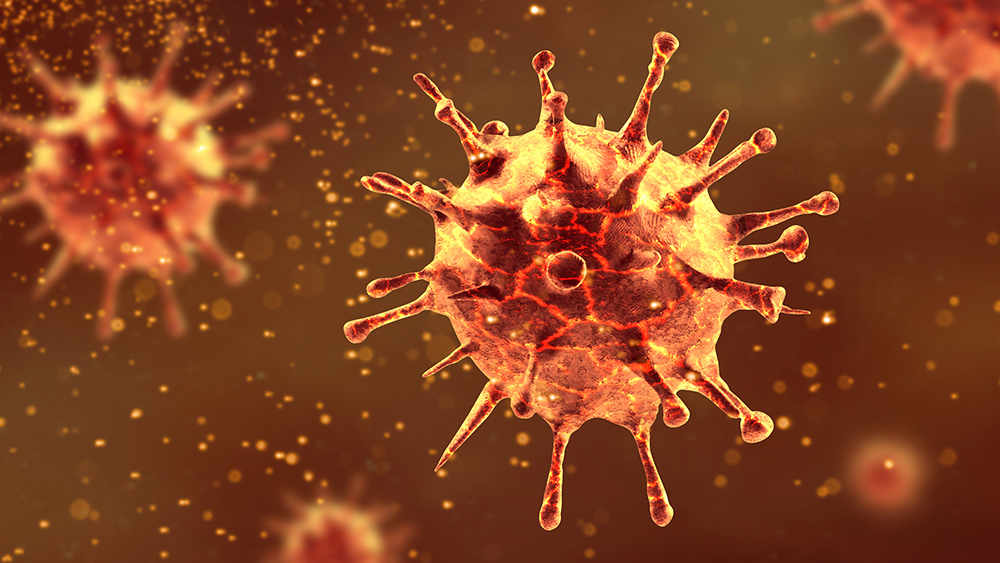
In their study, the researchers remarked that many organisms change their environments to get more benefits out of their surroundings. Social insects make hives and nests, beavers block rivers and streams with dams, humans build communities and extract resources through mining, and so on.
Bad things can happen when the environment is forced to change in a big way. Human activities like logging and garbage ruin the land and place many species – including humans themselves – at risk of extinction.
Humans are not the only species that can turn their environments into poison-laden wastelands. Certain types of bacteria are also capable of killing themselves off through pollution that they themselves generated. (Related: A look under the surface at how Mother Nature recovers from pollution.)
Bacterial populations can wipe themselves out by accident
Researchers from the Massachusetts Institute of Technology (MIT) and Ludwig-Maximilians University (LMU) have recently released their findings on microbial group suicide. They reported that soil bacteria belonging to the genus Paenbacillus release acidic substances as part of their feeding process. The more bacteria, the more acidic the soil becomes.
Ironically, the bacteria are unable to tolerate low pH levels. Once the soil hits a certain acidity, the entire population dies soon afterwards. The researchers noted that this ecological suicide took place in one out of every four colonies of the pH-modifying bacteria used in the experiment.
The behavior of ecological suicide stands out because it violates the deeply-established scientific principle called the "Allee effect." The well-respected W.C. Allee observed a correlation between the size of a population and its fitness. The larger the population, the better their chances at surviving.
The findings of the MIT-LMU team contradicted this long-held belief. Large populations of Paenbacillus were shown to pollute their environment so much that they killed themselves off, while smaller populations were able to thrive.
Based on their findings, it can be surmised that bactericidal substances are doing the microbes a favor in the long run. Antibiotics, antiseptics, disinfectants, and preservatives that kill bacteria keep their populations at a manageable level. This prevents them from depleting resources or excessively poisoning their surroundings.
Adaptation can doom an entire species instead of saving it
Ecological suicide is obviously ominous. Study co-authors Christoph Ratzke and Jonas Denk believed that it is linked to the even more frightening "evolutionary suicide."
Most experts believe that a species becomes extinct when it is unable to adapt to changes in its environment. Evolutionary suicide takes the opposite stand. An individual organism can take on an adaptation that will keep it alive in dangerous circumstances. However, that adaptation would become dangerous if an entire species practiced it.
The authors suspected that the Paenbacillus bacteria evolved the ability to quickly digest nutrients so that they can survive in environments with little food. However, the ability produces acidic byproducts that raise the pH level of the soil.
In small doses, the acidic waste products can be handled by natural processes. But as the population of bacteria grows, the amount of pollution increases. The soil becomes more acidic until it becomes lethal for the bacteria.
There are parallelisms between these bacteria and humans. We both change and pollute our environments. It remains to be seen if the human species is heading down a similar path.
Decide for yourself whether or not the human race is headed for ecological suicide by reading more articles at Pollution.news.
Sources include:
Please contact us for more information.























